Eye
Over-the-counter eye drops offer a convenient assortment for various eye health needs. They include lubricants like artificial tears to combat dryness, drops to reduce eye redness, and gentle solutions for cleansing. Lubricants especially designed for those who wear contact lenses are also widely available. Read More…

-
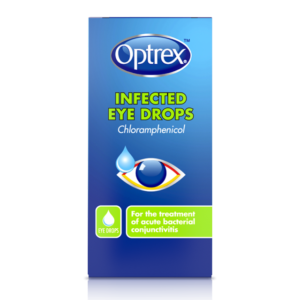
Optrex Infected Eye Drops 0.5%
- Used To Treat Acute Bacterial Conjunctivits
- Active Ingredient: Chloramphenicol
- Next Day Delivery Available At Checkout
£9.99 Select options -
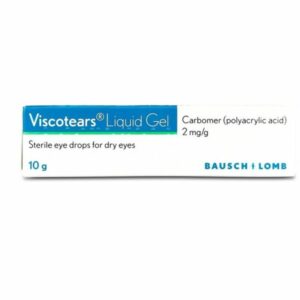
Viscotears Liquid Gel Eye Drops 10g
- Treats Dry Eyes
- Active Ingredient: Carbomer
- Buy With Confidence From UK Registered Pharmacy
£4.49 Select options -
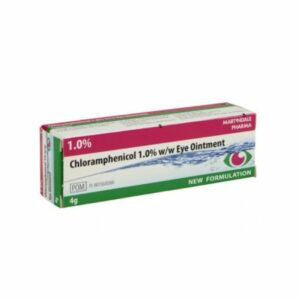
Chloramphenicol Eye Ointment 4g
- Chloramphenicol is safe for most adults and children
- Treat acute bacterial conjunctivitis
- Active ingredient: Chloramphenicol
£9.99 Select options -
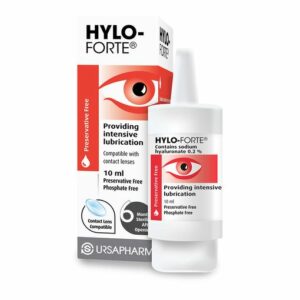
Hylo-Forte Eye Drops 10ml
- Can be used with contact lenses
- Long-lasting (at least 300 drops per bottle)
- Active Ingredient: Sodium hyaluronate
£11.19 Add to basket -
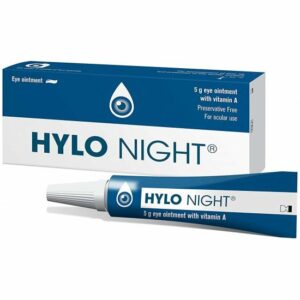
Hylo-Night Eye Ointment 5g
- Preservative & phosphate free
- 6 months sterility from time of opening
- Buy with confidence from UK registered pharmacy
£5.49 Read more -
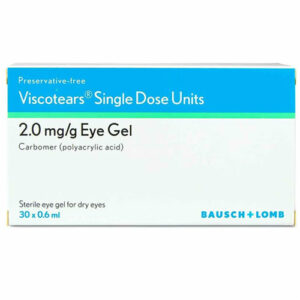
Viscotears Single Dose Units 2mg/g – 30 Pack
- Active Ingredient: Carbomer
- Effectively lubricates your eyes
- Provides instant comfort for dry eye sensations
£9.99 Add to basket -
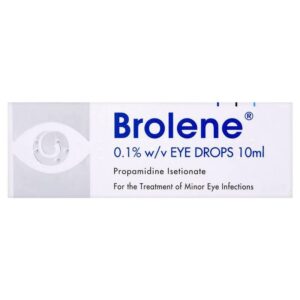
Brolene Eye Drops 10ml
- For the treatment of minor eye infections
- Propamidine Isetionate
- Stops the growth of bacteria
£6.59 Select options -
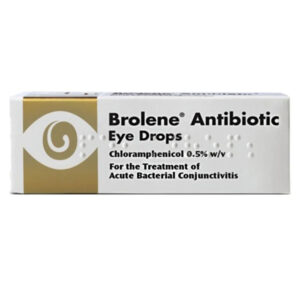
Brolene Antibiotic 0.5% Eye Drops – 10ml
- Chloramphenicol 0.5%
- For the treatment of Acute Bacterial Conjunctivitis
- Works by stopping the growth of bacteria
£7.99 Select options -
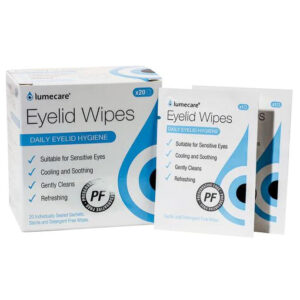
Lumecare Eyelid Wipes – 20 Wipes
- Suitable for sensitive eyes and skin
- Preservative and detergent free
- Buy with confidence from UK registered pharmacy
£5.79 Add to basket -
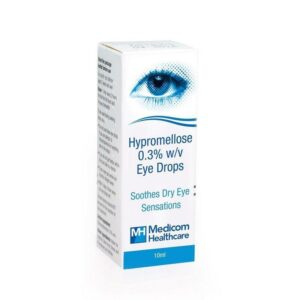
Hypromellose 0.3% Lubricating Eye Drops – 10ml
- For Dry Eyes
- Next Day Delivery Available
- Buy With Confidence From UK Registered Pharmacy
£3.19 Select options -
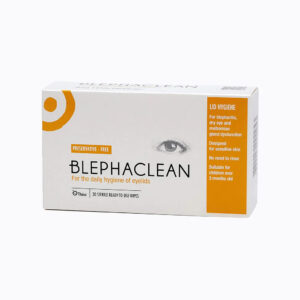
Blephaclean Sterile Eyelid Cleansing Wipes – 20 Wipes
- For Daily Hygiene Of Eyelids
- Sterile & Ready To Use
- Gentle & Preservative-Free
£11.19 Add to basket -
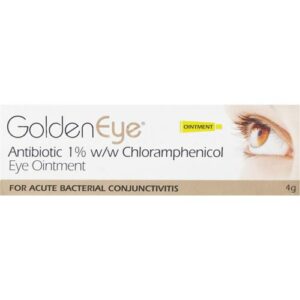
GoldenEye Antibiotic 1% Eye Ointment – 4g
- For treatment of acute bacterial conjunctivitis
- Active ingredient: Chloramphenicol 1%
- Recommended for use by children aged 2 years and over, and adults
£7.79 Select options -
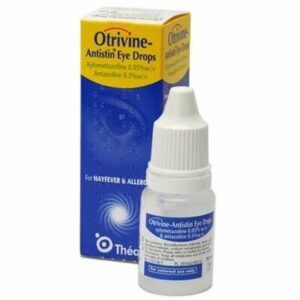
Otrivine Antistin Eye Drops 10ml
- Relieves Common Allergy Symptoms
- Effective In 30 Mins To 1 Hour
- Active Ingredients: Xylometazoline and Antazoline
£8.09 Select options -
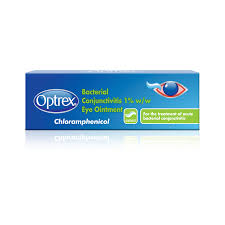
Optrex Bacterial Conjunctivitis 1% Eye Infection Ointment 4g
- Treats Acute Bacterial Conjunctivitis
- 5 Day Course Of Treatment
- Active Ingredient: Chloramphenicol
£9.69 Select options -
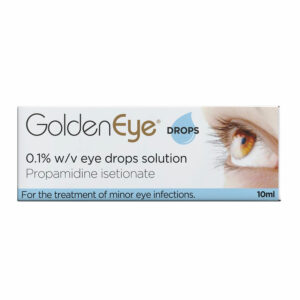
GoldenEye Eye Drops 10ml
- Active Ingredient : Propamidine Isetionate
- Treats Minor Eye Infections & Irritations
- Buy With Confidence From UK Registered Pharmacy
£6.89 Select options -
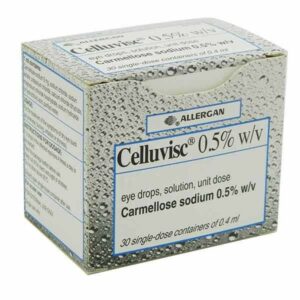
Celluvisc Eye Drops Solution
- Provide Lasting Relief From Dry Eye Irritation
- Buy With Confidence From UK Registered Pharmacy
- Next Day Delivery Available
£7.19 – £20.49 Select options -
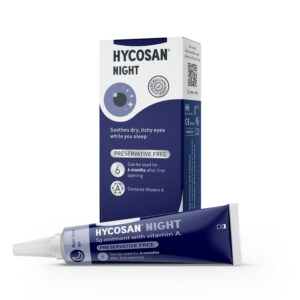
Hycosan Night Eye Ointment – 5g
- Eye ointment using light liquid paraffin and Vitamin A
- Provides up to 6 hours lubrication for night-time soothing
- Preservative free solution for better tolerability
£6.79 Add to basket -
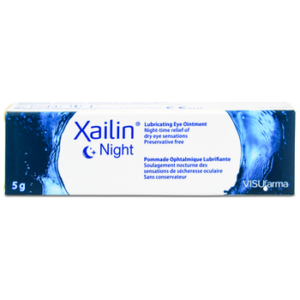
Xailin Night Eye Ointment – 5g
- Night-time relief of dry eye sensations
- Preservative free
- Buy with confidence from UK registered pharmacy
£5.29 Add to basket -
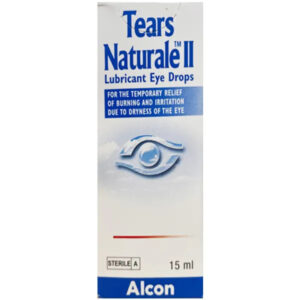
Tears Naturale II Lubricant Eye Drops 15ml
- Water-soluble polymer system (dextran 70 - 0.1% and hypromellose - 0.3%)
- Relief of burning and irritation due to dry eyes
- Buy with confidence from UK registered pharmacy
£5.39 Add to basket -
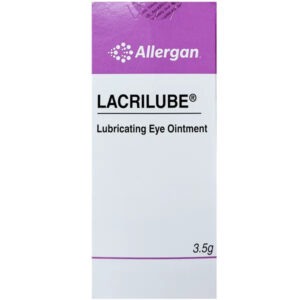
Lacri-Lube Lubricating Eye Ointment – 3.5g
- Contains white soft paraffin, liquid paraffin and lanolin alcohols
- Creates a lubricating and hydrating layer on the surface of the eye
- Provides relief for dry eye
£3.99 Read more -
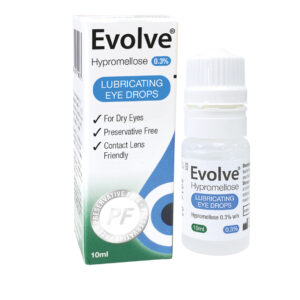
Evolve Hypromellose Eye Drops 10ml
- Active Ingredient: Hypromellose 0.3% w/v
- Can be used with any type of contact lenses
- Provides instant comfort for dry eye sensations
£4.79 Read more -
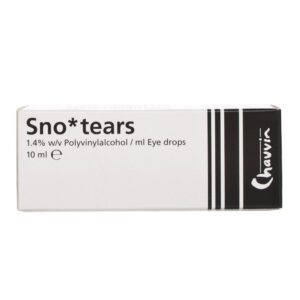
Sno Tears Eye Drops 10ml
- Active Ingredient: Polyvinyl Alcohol
- Effectively lubricates your eyes
- Provides instant comfort for dry eye sensations
£2.89 Read more -
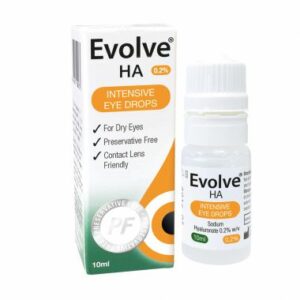
Evolve HA Intensive Eye Drops 10ml
- Active Ingredient: Sodium Hyaluronate 0.2% w/v
- Can be used with any type of contact lenses
- Provides instant comfort for dry eye sensations
£13.29 Add to basket -
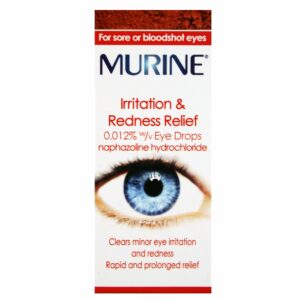
Murine Irritation & Redness Relief Eye Drops – 10ml
- Clears minor eye irritation and redness
- Active Ingredient: Naphazoline Hydrochloride
- Recommended by UK doctors
£4.79 Add to basket -
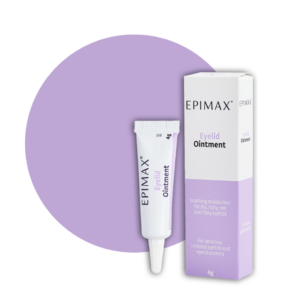
-
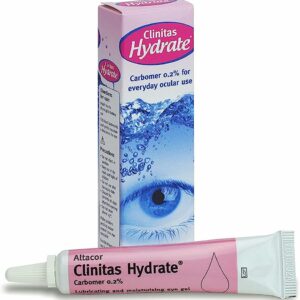
Clinitas Hydrate Carbomer Gel 0.2% – 10g
- Effective Treatment For Dry Eyes
- Recommended For Night Time Use
- Reduces Itching and Irritation
£3.69 Select options -
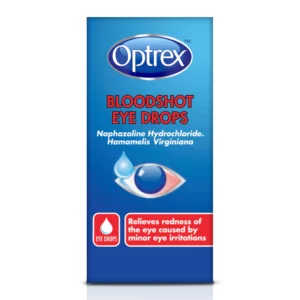
Optrex Bloodshot Eye Drops 10ml
- Relieves redness of the eye caused by minor eye irritations
- Easy to use
£7.69 Select options -
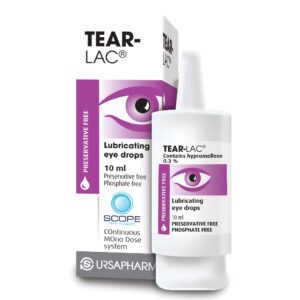
Tear-Lac Eye Drops 10ml
- Can be used with contact lenses
- Long-lasting (at least 300 drops per bottle)
- Active Ingredient: Hypromellose
£10.19 Add to basket -
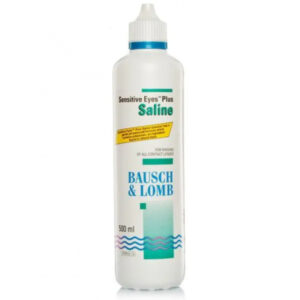
Bausch & Lomb Sensitive Eyes Plus Saline 500ml
- Easy To Use
- Can Be Used For Sensitive Eyes
- Cleans / Disinfects / Rinses
£5.99 Add to basket -
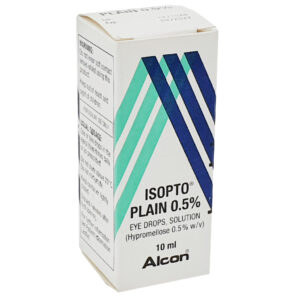
Isopto Plain Eye Drops 10ml 0.5%
- Active Ingredient: Hypromellose 5 mg /ml
- Effective for treating dry eyes
- Provides relief from irritation
£2.29 Read more -

Optrex Dazzling Eye Drops 10ml
- Recommended By Eye Experts
- One-A-Day Formula
- Buy With Confidence From UK Registered Pharmacy
£6.09 Read more -
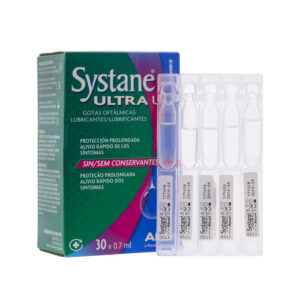
Systane Ultra UD Lubricanting Eye Drops – 30 Vials
- Provide Lasting Relief From Dry Eye Irritation
- Buy With Confidence From UK Registered Pharmacy
- Next Day Delivery Available
£15.89 Add to basket -
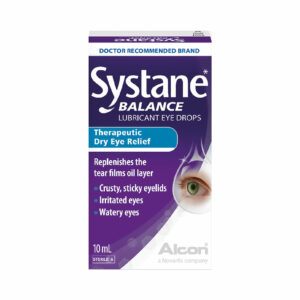
Systane Balance Lubricant Eye Drops – 10ml
- Provide Lasting Relief From Dry Eye Irritation
- Buy With Confidence From UK Registered Pharmacy
- Next Day Delivery Available
£15.49 Add to basket -
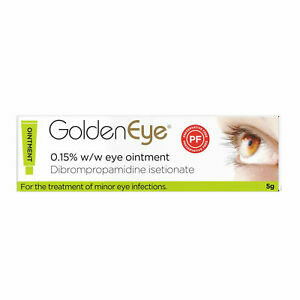
GoldenEye 0.15% Ointment – 5g
- Effective Treatment For Conjunctivitis
- Treats Bacterial Eye Infections
- Free From Preservatives
£9.29 Select options -
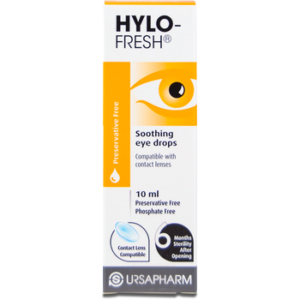
Hylo-Fresh Eye Drops 10ml
- Can be used with contact lenses
- Long-lasting (at least 300 drops per bottle)
- Highly effective hyaluronic acid and Euphrasia
£9.99 Add to basket -
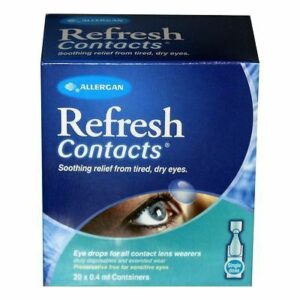
Refresh Contacts Unit Vials 0.4ml – 20 Containers
- Easy To Apply
- For Dry Eyes
- Next Day Delivery Available
£4.89 Add to basket -
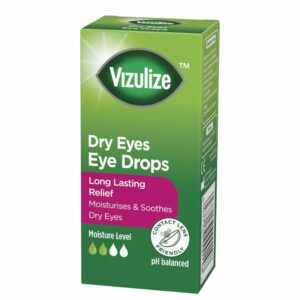
Vizulize Long Lasting Dry Eye Drops – 10ml
- Easy To Use
- Suitable For Use With Contact Lenses
- pH Balanced - Doesn't Sting On Application
£3.69 Add to basket -
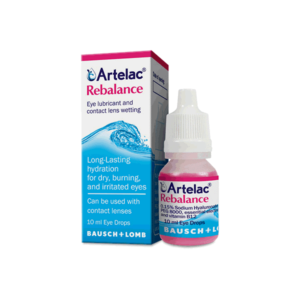
Artelac Rebalance Eye Drops 10ml
- Helps replenish the tear film
- Improves the comfort of your contact lenses
- Hydrates and Protects eyes
£7.99 Select options -
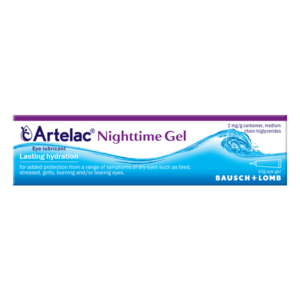
Artelac Nightime Gel 10g
- Provides added protection from persistently irritated, dry, gritty, painful eyes
- Works by calming and relieving symptoms
- Aims to give you lasting hydration at night
£5.09 Select options -
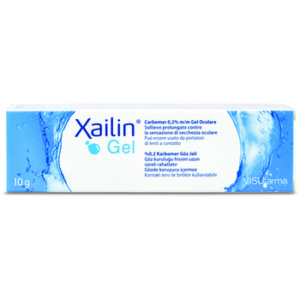
Xailin Gel – 10g
- Relief of dry eye sensations
- Can be used by contact lens wearers
- Buy with confidence from UK registered pharmacy
£6.19 Add to basket -
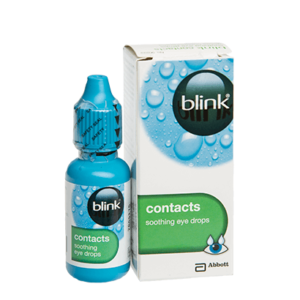
Blink Contacts Soothing Eye Drops 10ml
- Provide Lasting Relief From Dry Eye Irritation
- Buy With Confidence From UK Registered Pharmacy
- Next Day Delivery Available
£5.19 Add to basket -
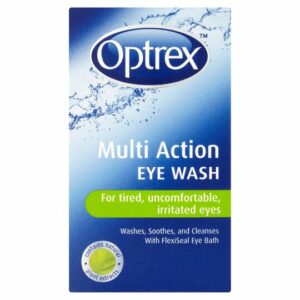
Optrex Multi Action Eye Wash
- Fast Relief From Tired, Irritated & Uncomfortable Eyes
- Buy With Confidence From UK Registered Pharmacy
- Next Day Delivery Available
£5.49 – £7.69 Select options -
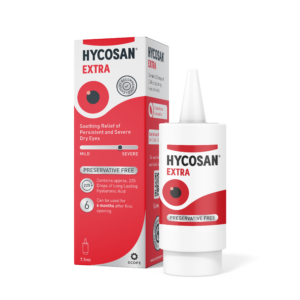
Hycosan EXTRA Eye Drops – 7.5ml
- Preservative free eye drops
- Recommended for severe and persistent dry eye disease symptoms
- Contains 0.2% sodium hyaluronate
£9.99 Add to basket -
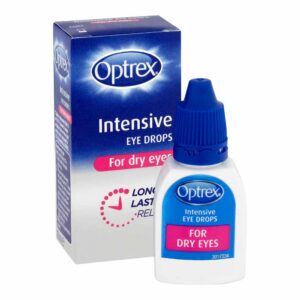
Optrex Intensive Eye Drops 10ml
- Easy To Apply
- For Dry Eyes
- Next Day Delivery Available
£6.19 Add to basket -
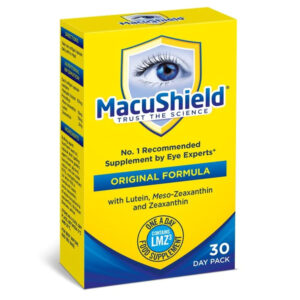
Macushield Eye Health Supplements – 30 Capsules
- Recommended By Eye Experts
- One-A-Day Formula
- Buy With Confidence From UK Registered Pharmacy
£16.19 Add to basket -
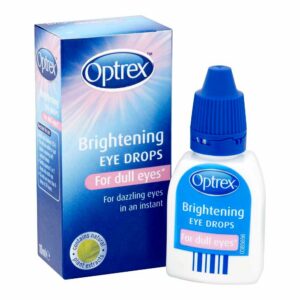
Optrex Brightening Eye Drops 10ml
- Easy To Apply
- For Dazzling Eyes In An Instant
- Next Day Delivery Available
£6.19 Add to basket -
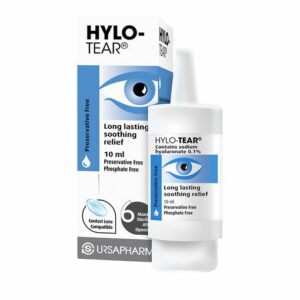
Hylo-Tear Eye Drops – 10ml
- 6 months sterility after opening
- Long-lasting soothing relief
- Active Ingredient: Sodium Hyaluronate
£11.09 Add to basket -
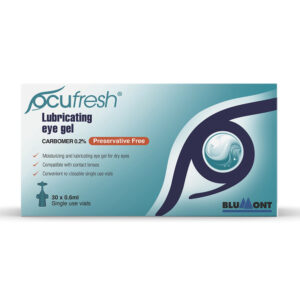
Carbomer 0.2% Preservative Free Lubricating Eye Gel – 30 Single Use Vials
- Moisturizing and lubricating eye gel for dry eyes
- Compatible with contact lenses
- Convenient re-closeable single use vials
£9.69 Add to basket -
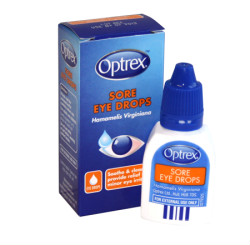
Optrex Sore Eye Drops – 10ml
- Easy To Apply
- Provides Relief For Sore & Irritated Eyes
- Active Ingredient: Witch Hazel
£6.89 Select options -
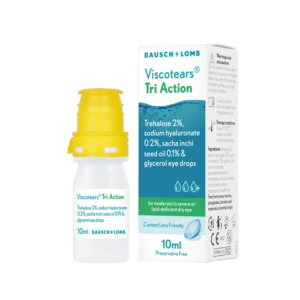
Viscotears Tri Action Eye Drops – 10ml
- Trehalose 2%, Sodium Hyaluronate 0.25%, Sacha Inchi Seed Oil 0.1% & Glycerol
- For moderate to severe or lipid-deficient dry eye
- Contact lense friendly
£16.99 Add to basket -
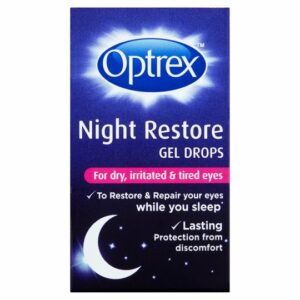
Optrex Night Restore Gel Drops 10ml
- Easy To Use
- Restores Your Eyes While You Sleep
- Long Lasting Protection From Discomfort
£14.09 Read more -
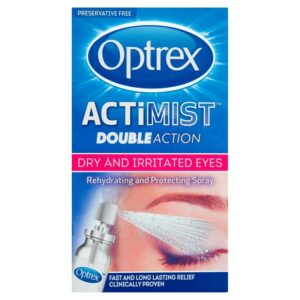
Optrex Actimist Double-Action (Dry & Irritated Eyes) 10ml
- Fast & Long Lasting Relief
- For Dry & Tired Eyes
- Buy With Confidence From UK Registered Pharmacy
£18.49 Add to basket -
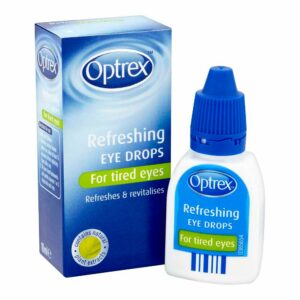
Optrex Refreshing Eye Drops – 10ml
- Easy To Apply
- For Tired Eyes
- Suitable For Everyday Use
£6.19 Add to basket -
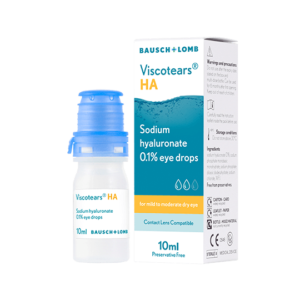
Viscotears HA Eye Drops – 10ml
- Sodium hyaluronate 0.1%
- For mild to moderate dry eye
- Contact lense compatible
£9.79 Add to basket -
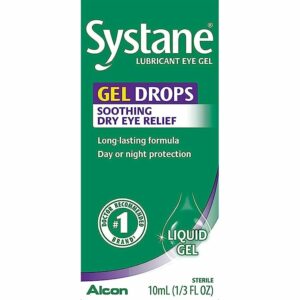
Systane Gel Drops – 10ml
- Provide Lasting Relief From Dry Eye Irritation
- Buy With Confidence From UK Registered Pharmacy
- Next Day Delivery Available
£17.49 Add to basket -
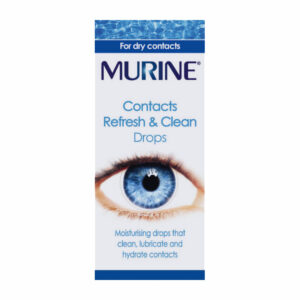
Murine Contacts Refresh & Clean Eye Drops – 15ml
- Daily moisturiser for all types of contact lenses
- Keeps lenses clean and clear
- Recommended by UK doctors
£4.19 Add to basket -

Murine Dry & Tired Eye Drops – 15ml
- Up to 8 hours relief per dose
- Two lubricants and six ingredients
- Recommended by UK doctors
£4.19 Add to basket -
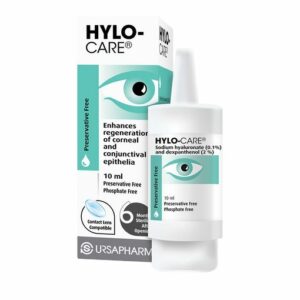
Hylo-Care Eye Drops – 10ml
- Can be used with contact lenses
- Aids natural healing
- Active Ingredient: Sodium hyaluronate
£15.19 Add to basket -
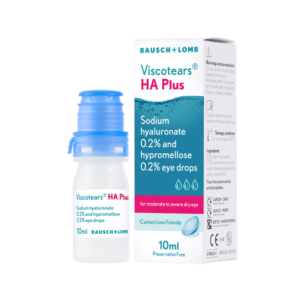
Viscotears HA Plus Eye Drops – 10ml
- Sodium hyaluronate 0.2% & Hypromellose 0.2%
- For mild to severe dry eye
- Contact lense friendly
£10.99 Read more -
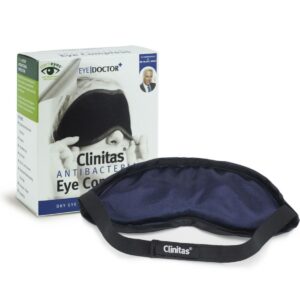
Clinitas Antibacterial Eye Compress Mask
- Easy To Heat Or Cool
- Effective Treatment For Dry Eyes
- Relieves Headaches When Cooled
£15.39 Add to basket -
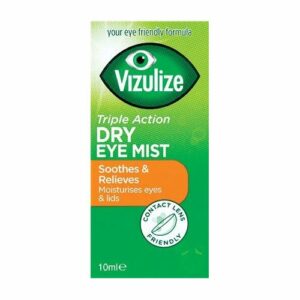
Vizulize Dry Eye Mist – 10ml
- Easy To Use
- Suitable For Use With Contact Lenses
- Long Lasting Protection From Discomfort
£8.39 Add to basket -
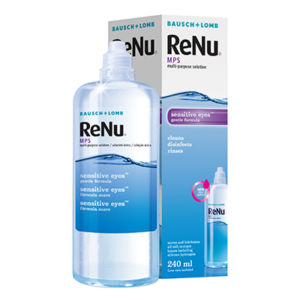
ReNu Multi-Purpose Solution – 240ml
- Easy To Use
- Can Be Used For Sensitive Eyes
- Cleans / Disinfects / Rinses
£10.49 Add to basket -
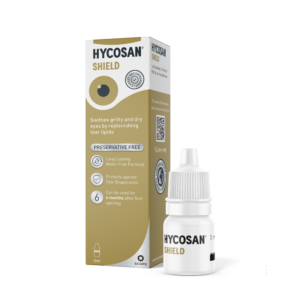
Hycosan Shield – 3ml
- Preservative eree eye drop for the management of evaporative dry eye and MGD
- Single ingredient formulation
- Offers complete lipid layer replacement
£19.89 Add to basket -
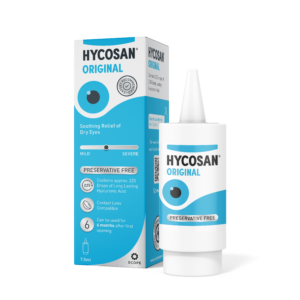
Hycosan Original Eye Drops – 7.5ml
- Preservative free lubricating eye drop
- Eye drops for mild to moderate dry eye symptoms and contact lens irritation
- Contains 0.1% sodium hyaluronate
£8.69 Add to basket -
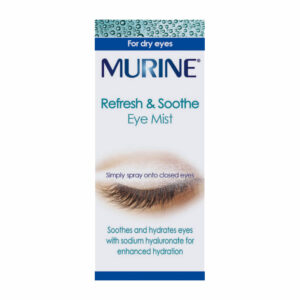
Murine Refresh & Soothe Eye Mist – 15ml
- Rehydrates and soothes eyes
- Convenient drop free rehydration
- Recommended by UK doctors
£9.49 Add to basket -

Murine Bright & Moist Eye Drops – 15ml
- Instantly moisturises and lubricates eyes
- Active Ingredient: Naphazoline Hydrochloride
- Recommended by UK doctors
£4.19 Add to basket -
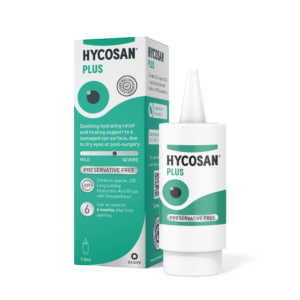
Hycosan Plus Eye Drops – 7.5ml
- Preservative free lubricating eye drop
- Suitable for damage to the surface of the eye, eye injury and dry eye
- Contains 0.1% sodium hyaluronate and 2% Dexpanthenol to support healing
£9.79 Add to basket -
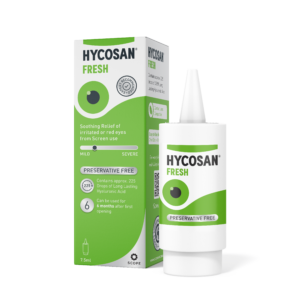
Hycosan Fresh Eye Drops – 7.5ml
- Preservative free lubricating eye drop
- Suitable for red, itchy, irritated eyes, screen fatigue and mild dry eye symptoms
- Contains 0.03% sodium hyaluronate and Euphrasia to reduce redness
£8.89 Add to basket -
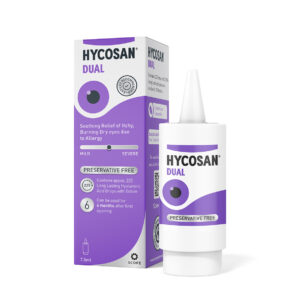
Hycosan Dual Eye Drops – 7.5ml
- Preservative free eye drops
- Recommended for relief of lipid deficient dry eye & Meibomian Gland Dysfunction
- Suitable for eye allergys symptoms
£14.79 Add to basket -
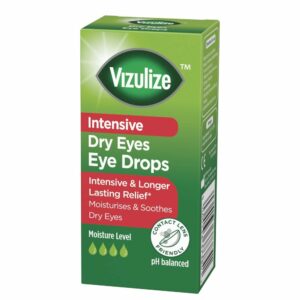
Vizulize Intensive Dry Eye Drops – 10ml
- Intensive eye drops
- Suitable for use with contact lenses
- Moisturises and soothes dry eyes
£3.79 Add to basket -
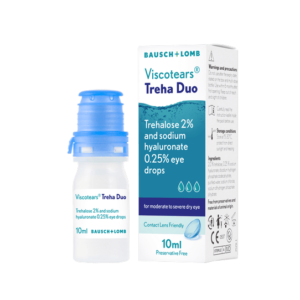
Viscotears Treha Duo Eye Drops – 10ml
- Trehalose 2% & Sodium Hyaluronate 0.25%
- For moderate to severe dry eye
- Contact lense friendly
£12.09 Add to basket -
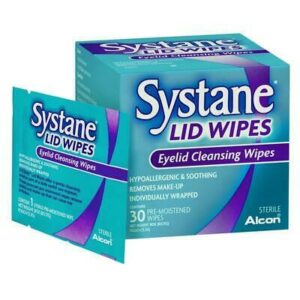
Systane Eyelid Cleansing Wipes – 30 Wipes
- Easy To Use
- Effectively Cleans Debris And Makeup
- Prevents Irritation
£15.79 Select options -
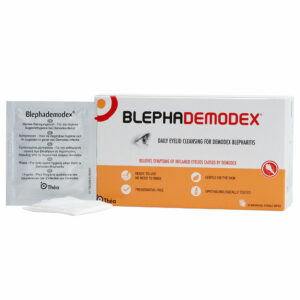
Blephademodex Daily Eyelid Cleansing Wipes – 30 Wipes
- Ready-to-use, no need to rinse
- Gentle on the skin
- Ophthalmologically tested
£25.55 Add to basket -
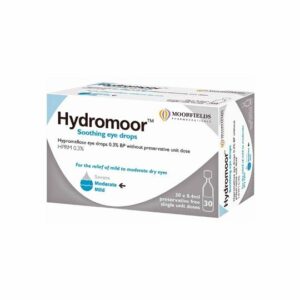
Hydromoor Soothing Eye Drops – 30 Single Dose Units
- Hypromellose 0.3% without preservative unit dose
- For the relief of mild to moderate dry eyes
- Trusted treatment
£9.99 Add to basket
-
About Over The Counter Eye Drops
Over-the-counter eye drops are diverse in their uses and can be effective for a range of eye conditions, from dry eyes and redness to conjunctivitis (also known as pink eye). When selecting eye drops, it’s crucial to match the product with the specific eye condition you’re aiming to address.
For dry eyes, lubricating eye drops, known as artificial tears, can provide relief for temporary dryness caused by factors like computer eye strain or environmental conditions. These drops supplement the eye’s natural moisture. It’s advisable to avoid decongestant eye drops for dryness as they may initially reduce redness but can exacerbate dry eye symptoms over time.
For redness, decongestant eye drops can eliminate the appearance of redness by narrowing blood vessels in the eyes. They should be used cautiously, as they can lead to rebound redness and further irritation with overuse.
Conjunctivitis requires different types of treatment depending on whether it’s bacterial, viral, or allergic. Bacterial conjunctivitis often requires prescription antibiotic eye drops. Viral conjunctivitis, commonly due to adenoviruses, may not benefit from antibiotics and instead may need supportive treatments like cold compresses and lubricating drops to relieve symptoms. Allergic conjunctivitis can be relieved with antihistamine eye drops or other anti-allergy medications that reduce inflammation and allergy symptoms.
It’s essential to consult an optician or healthcare provider to determine the proper treatment for any eye condition.
-
Symptoms
Symptoms of common eye conditions vary widely, but there are several key signs to be aware of:
Dryness and Irritation: A stinging, burning, or scratchy sensation often accompanied by stringy mucus and sensitivity to light. This can be due to dry eye syndrome or contact lens irritation.
Redness: This could indicate conjunctivitis or dry eye syndrome, especially if accompanied by itching and discharge.
Blurred Vision: If objects at a distance become less clear, it might suggest myopia. Blurriness can also occur in more general conditions such as astigmatism or presbyopia.
Floaters and Flashes: Seeing spots or floaters in your vision, sometimes with flashes of light, can be a sign of a retinal detachment or other serious conditions.
Pain and Soreness: This can arise from infections, inflammation, or injuries. Sore eyes may also indicate the presence of a foreign body in the eye.
Vision Loss: A gradual or sudden decrease in vision could signify a range of issues from cataract to age-related macular degeneration or glaucoma.
Photophobia: An abnormal sensitivity to light may point towards corneal abrasion, infection, or neurological issues like migraine.
It’s important to consult with a healthcare provider for a proper diagnosis if you’re experiencing any of these symptoms.
-
Diagnosis
Eye conditions are diagnosed through a series of tests during a comprehensive eye exam. This includes a visual acuity test to assess clarity of vision, and tonometry to measure intraocular pressure which is key in detecting glaucoma. Other diagnostic methods involve examining the drainage angle of the eye, measuring corneal thickness, and conducting a visual field test to check for any blind spots in vision. Early and regular eye exams are critical for detecting conditions early on when they are most treatable.
-
Treatments
Over-the-counter eye drops can be beneficial for various eye conditions, providing relief and sometimes treating the underlying issues:
Lubricating Drops: Often referred to as artificial tears, these help manage dry eyes by maintaining moisture on the eye’s surface, helping to alleviate discomfort from dryness and irritation. They are designed to mimic natural tears and can be used as needed.
Antihistamine Drops: For those suffering from allergies, antihistamine drops can provide significant relief. These drops work by blocking the body’s histamine response, which can cause symptoms like redness, itchiness, and watering of the eyes. They are suitable for addressing the discomfort caused by environmental allergens such as pollen, dust, or pet dander.
Decongestant Drops: These reduce eye redness by constricting blood vessels on the surface of the eye. However, they are not recommended for long-term use as they can lead to rebound redness and dependency.
Medicated Drops for Conjunctivitis: Depending on the type of conjunctivitis (bacterial, viral, or allergic), certain medicated drops may be recommended. For example, antibiotic drops are effective for bacterial conjunctivitis but won’t help with viral forms of pink eye, which may resolve on their own or require other treatments.
From the products highlighted at your online pharmacy:
Optrex Infected Eye Drops (Chloramphenicol 0.5%): These drops contain an antibiotic that treats acute bacterial conjunctivitis, clearing up the infection.
Viscotears Liquid Gel (Carbomer): It’s designed to treat dry eyes and is made with a lubricating substance that resembles natural tears.
Chloramphenicol Eye Ointment (4g): Similar to the drops, this ointment is used to treat bacterial conjunctivitis and is safe for most adults and children.
Hylo-Forte Eye Drops (Sodium hyaluronate): These drops are used for severe and chronic dry eye and are compatible with contact lenses. They provide long-lasting lubrication with fewer applications.
While over-the-counter drops can be quite effective, they should be used in accordance with their label instructions and may not substitute for professional medical advice or treatment when necessary.












